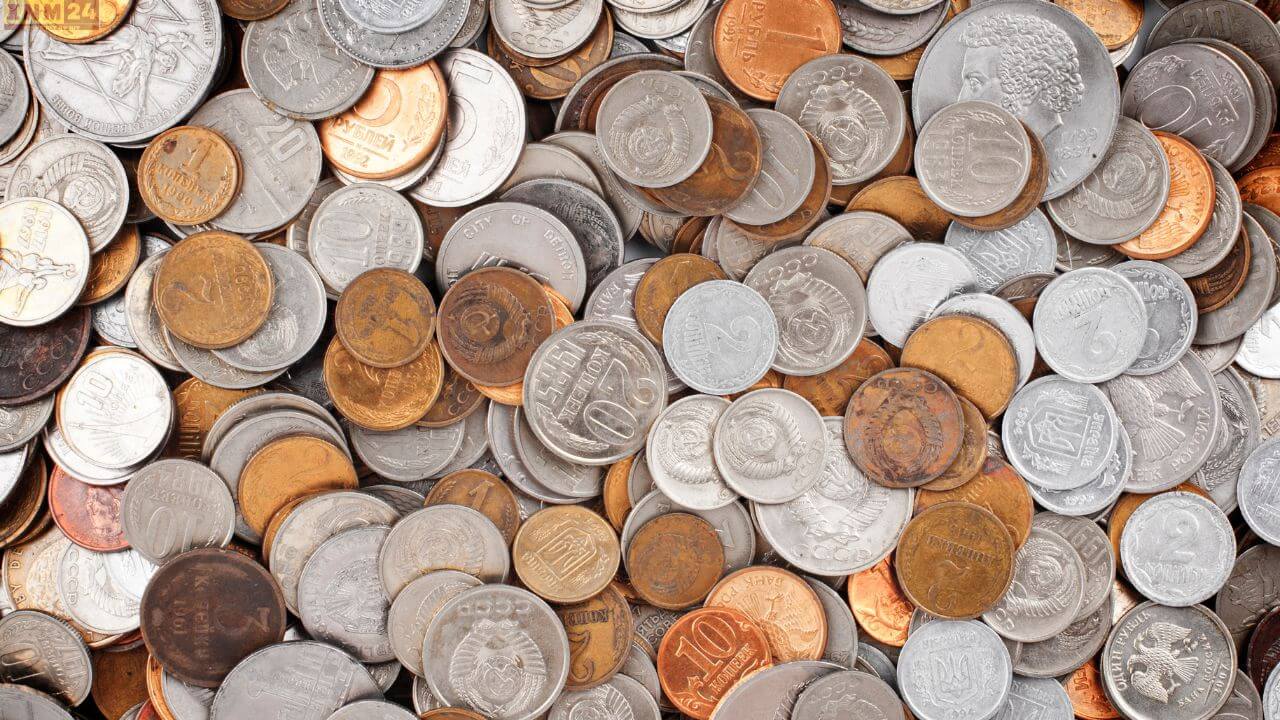The allure of collecting and preserving coins is a hobby shared by many. Perhaps you’ve stumbled upon old coins tucked away in your grandparents’ possessions, carefully preserved over the years. But have you ever wondered what metals these coins are made of? And where and how they are minted? If you find yourself pondering these questions, then today, we’re here to shed light on this intriguing subject.
Understanding the Minting Process
First and foremost, it’s essential to understand where coins are minted. In India, coins are manufactured at various locations such as Mumbai, Alipore (Kolkata), Hyderabad, and Noida. These locations are equipped with facilities for minting and manufacturing coins. Interestingly, the symbols imprinted on coins can also indicate their place of origin. Each coin carries the year of its minting, enabling identification.
Deciphering the Origin of Coins
For instance, if a coin bears a star, it signifies that it was minted in Hyderabad. Coins minted in Noida feature a ‘solid dot.’ Mumbai-minted coins often bear a diamond-shaped mark. Those minted in Kolkata, however, may not have any specific emblem. Additionally, it’s worth mentioning that coin minting in India is governed by the Coinage Act of 1906, and the responsibility of coin supply lies with the Reserve Bank of India (RBI).
Exploring the Composition of Coins
The Indian government utilizes various metals for coin manufacturing, chosen based on their values and properties. Currently, a significant portion of coins is crafted using feritic stainless steel, comprising 17% chromium and 83% iron. For example, a 10-rupee coin is typically circular and has a diameter of 27 millimeters.
Delving into the world of coinage unveils a fascinating blend of history, metallurgy, and craftsmanship. From their origin to their composition, coins carry stories of nations and civilizations. So, the next time you hold a coin in your hand, take a moment to appreciate the intricate details of its creation and the journey it represents.
